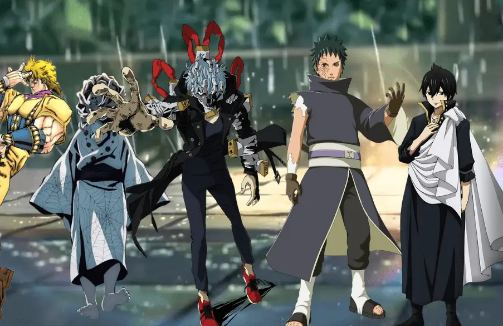
Introduction
In the realm of storytelling, heroes and villains have always played contrasting roles, shaping narratives and captivating audiences with their complex dynamics. Traditionally, the protagonist is the virtuous hero fighting against evil, while the antagonist assumes the role of the malevolent villain. However, a growing trend in modern literature and cinema challenges this convention by presenting the main character as the villain 23. This bold narrative approach offers a fresh perspective, blurring the lines between good and evil, and delving into the darker aspects of human nature. In this article, we will explore the concept of the main character being the villain and its impact on storytelling.
Understanding the Anti-Hero
What is an Anti-Hero?
An anti-hero is a central character in a story who lacks conventional heroic attributes, such as courage, altruism, and moral integrity. Unlike the traditional hero, the anti-hero often exhibits flawed or morally ambiguous traits, making them more relatable and human.
Complex Motivations
Anti-heroes are driven by motives that go beyond the typical desire to save the day. Their motivations can be selfish, seeking personal gain or revenge, yet they often possess a sense of vulnerability that resonates with the audience.
Embracing Moral Ambiguity
Breaking Stereotypes
Presenting the main character as the villain challenges traditional stereotypes, forcing readers and viewers to question their preconceived notions of right and wrong. This moral ambiguity adds depth to the narrative, sparking discussions about the shades of gray in human behavior.
Heightened Tension and Conflict
When the lines between hero and villain blur, the conflict becomes multi-layered and emotionally charged. The internal struggle within the protagonist adds complexity to the plot, keeping the audience on the edge of their seats.
The Appeal of Dark Protagonists
Relatability and Empathy
Dark protagonists often experience internal conflicts, making them more relatable to the audience. Their flaws and vulnerabilities mirror the imperfections of real-life individuals, evoking empathy and understanding.
Unpredictable Plot Twists
Having the main character as the villain opens up exciting possibilities for unpredictable plot twists. The audience is kept guessing about the protagonist’s ultimate choices and the consequences of their actions.
Psychological Depth and Exploration
Analyzing Human Psyche
Exploring the darker aspects of the main character’s psyche allows authors and filmmakers to delve into the complexities of human nature. This psychological depth adds richness to the character’s development and the overall narrative.
Addressing Taboo Themes
Narratives with dark protagonists can address taboo themes such as vengeance, obsession, and the allure of power. By confronting these themes head-on, the story becomes a reflection of society’s deepest fears and desires.
Challenges and Criticisms
Maintaining Sympathy
One of the challenges of having a villainous main character is to maintain the audience’s sympathy for them despite their wrongdoings. Striking the right balance between wickedness and vulnerability is crucial.
Risk of Disconnection
Some readers or viewers may find it difficult to connect with a dark protagonist due to their questionable morality. This can lead to a disconnection from the narrative if not executed skillfully.
Conclusion
The emergence of the main character as the villain has revolutionized storytelling, offering a refreshing take on the conventional hero’s journey. By embracing moral ambiguity, psychological depth, and exploring taboo themes, these narratives captivate audiences, providing a unique and immersive experience. As writers and filmmakers continue to push the boundaries of traditional storytelling, we can expect to encounter even more intriguing and complex characters that challenge our perceptions of heroes and villains.
FAQs
Are dark protagonists the same as villains?
Dark protagonists share some traits with villains, but they often possess vulnerabilities and complexities that set them apart.
Can a dark protagonist still achieve redemption?
Yes, a well-crafted narrative can lead the dark protagonist towards redemption, making their journey even more compelling.
Do dark protagonists resonate with all audiences?
While some audiences are drawn to dark protagonists, others may prefer more traditional hero figures.
Is it harder to write a story with a villainous main character?
Writing a story with a villainous main character can be challenging, but it offers an exciting opportunity for creativity.
Are there any famous examples of stories with dark protagonists?
Yes, classic examples include “Macbeth” by William Shakespeare and “Breaking Bad” featuring Walter White.
Read More: Eurotimes News Opixtech

